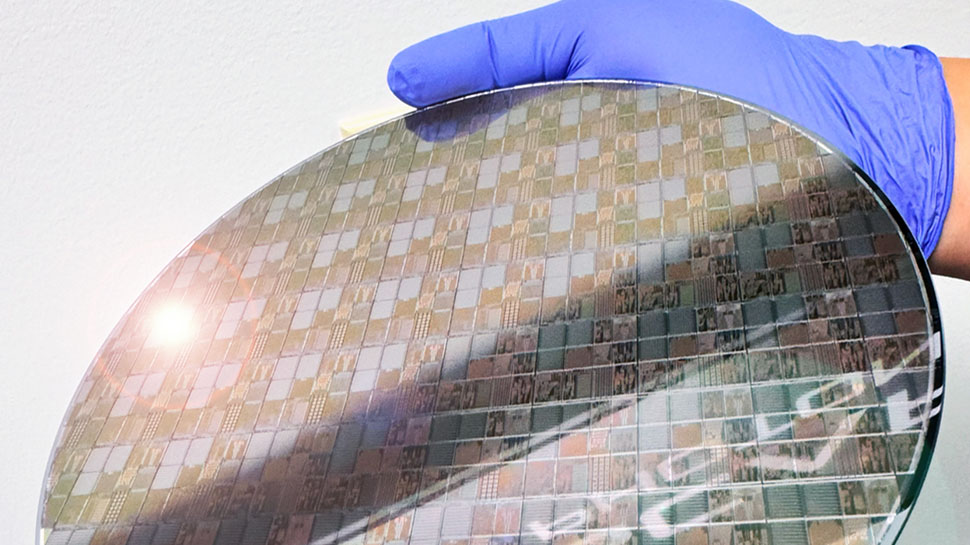
Bandwidth limitations have become a significant bottleneck in AI and high-performance computing (HPC), as GPUs are underutilized due to bandwidth constraints, with nearly half of their computational power going to waste.
Nvidia is not expected to release optical interconnects for its NVLink protocol until the “Rubin Ultra” GPU compute engine launches in 2027.
This delay has led hyperscalers and cloud builders to explore ways to leapfrog Nvidia’s technology by adopting optical interconnects earlier.
Introducing ChromX
Xscape Photonics, an optical interconnect company spun out of research at Columbia University, is using photonics to realize scalable, high-bandwidth, energy-sustainable, and cost-effective solutions to enable the next generation of AI, ML, and simulation hardware.
This could help the AI industry save billions of dollars in wasted GPU capacity while also offering a path to greener, more sustainable AI infrastructures.
The Next Platform recently took a closer look at Xscape Photonics and spoke with the team behind it, including CEO Vivek Raghunathan, a former MIT researcher and Intel engineer.
Raghunathan highlighted the inefficiencies of current GPU systems, explaining that as scaling continues, the problem shifts “from GPU device-level performance to a system-level networking problem.”
This is where Xscape’s technology comes into play. By converting electrical signals into optical ones directly within the GPU, Xscape can dramatically increase bandwidth while simultaneously reducing power consumption.
The startup’s solution, called the “ChromX” platform, uses a laser that can transmit multiple wavelengths of light simultaneously through a single optical…
Read full post on Tech Radar
Discover more from Technical Master - Gadgets Reviews, Guides and Gaming News
Subscribe to get the latest posts sent to your email.








